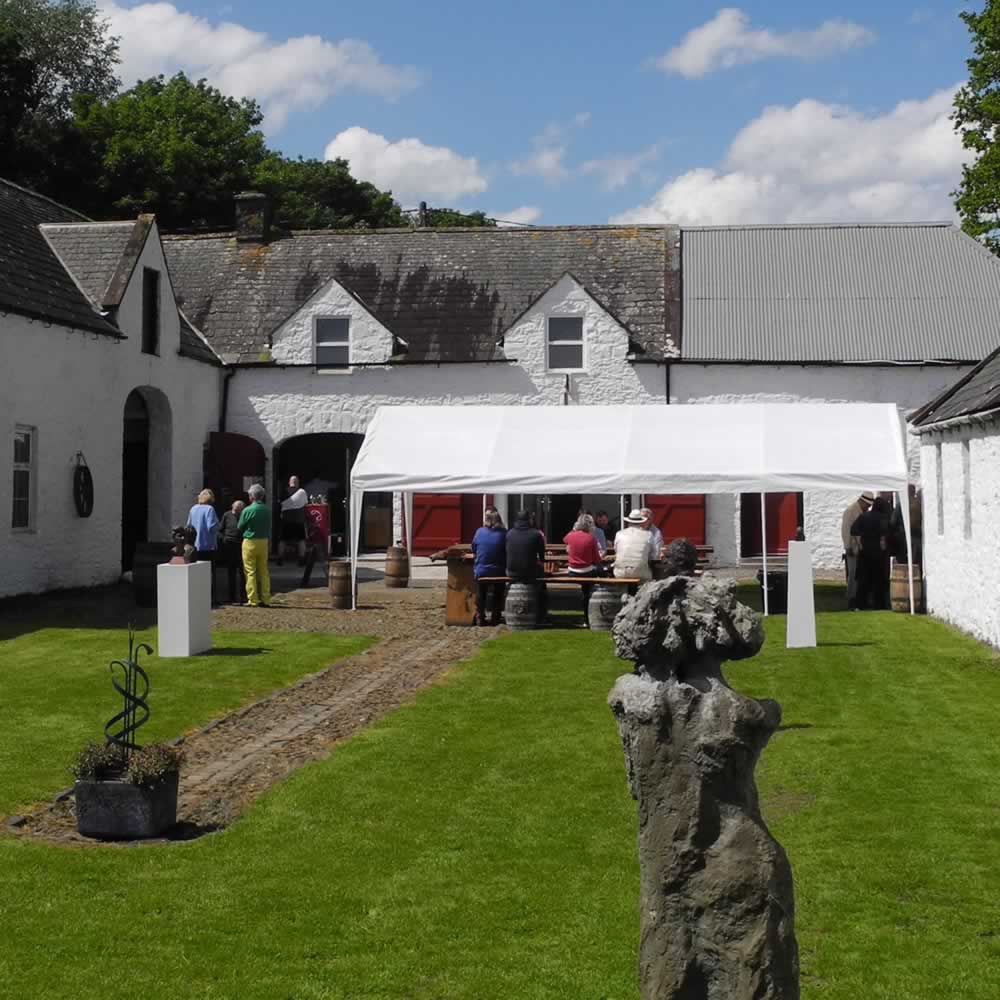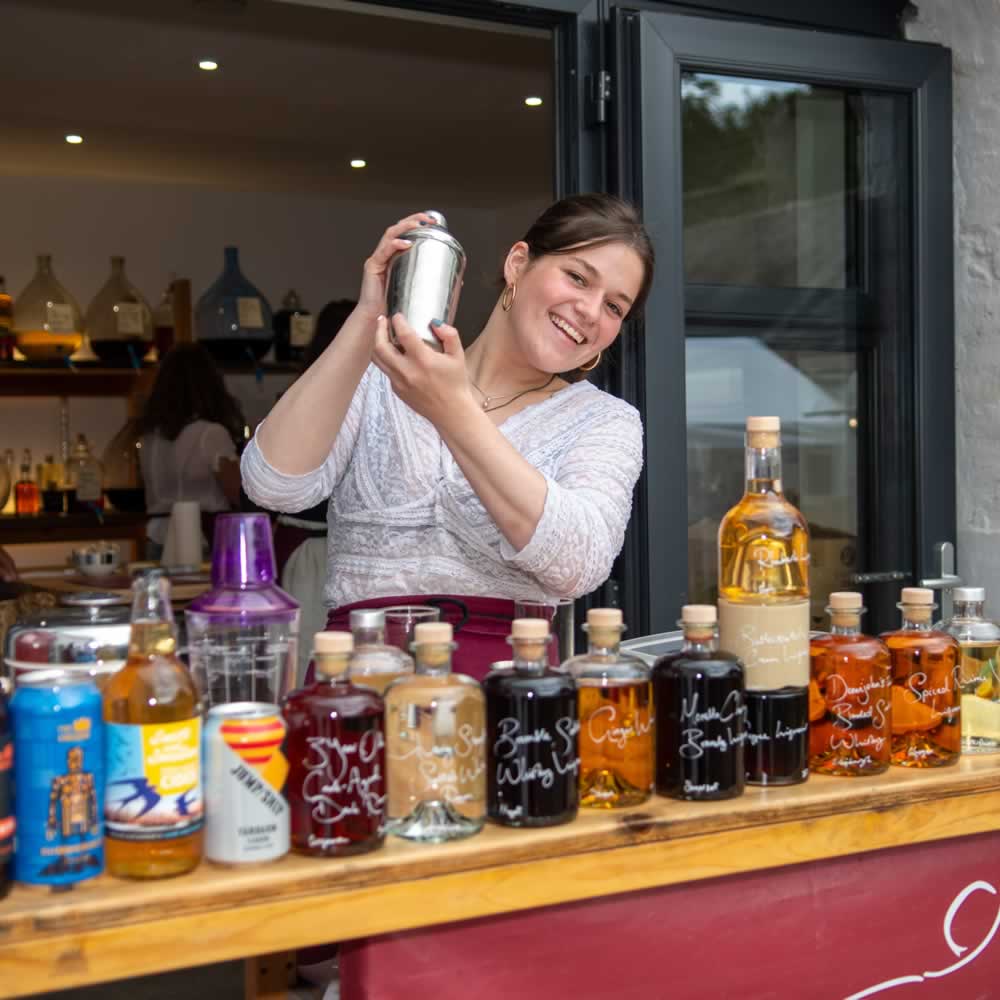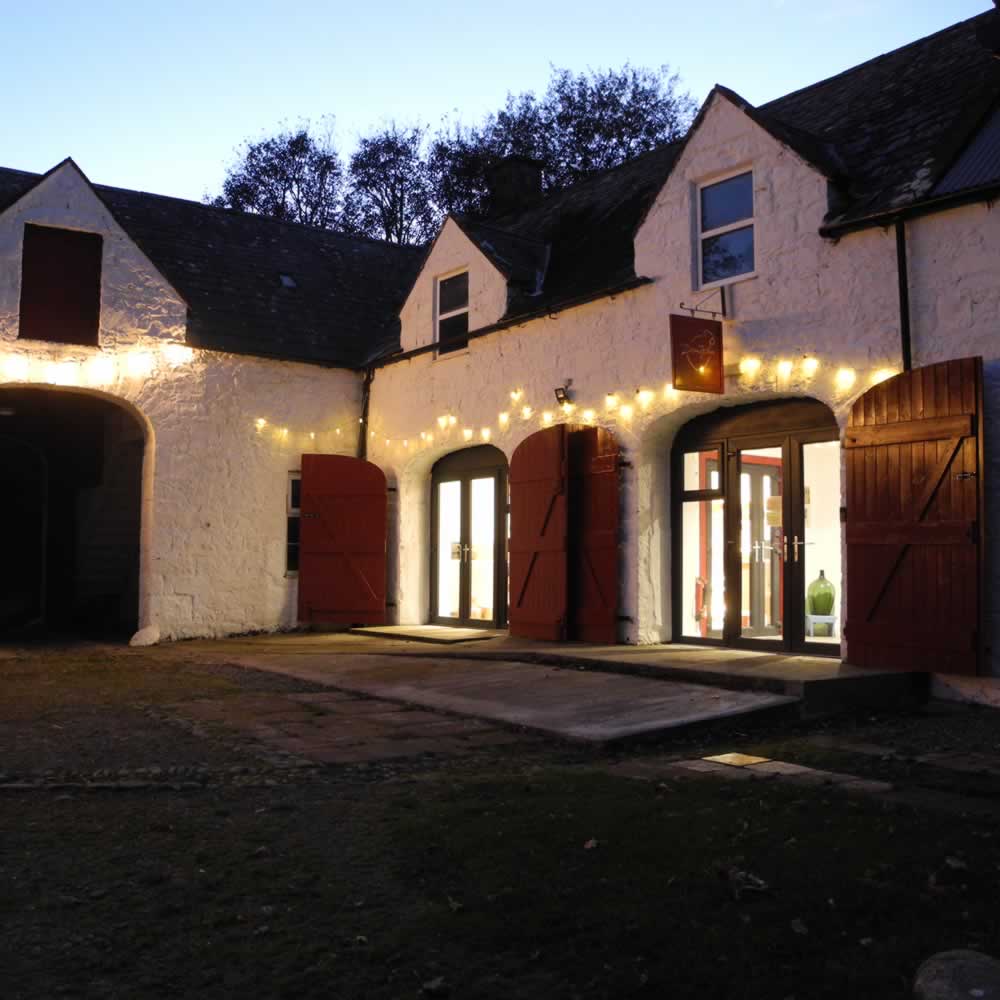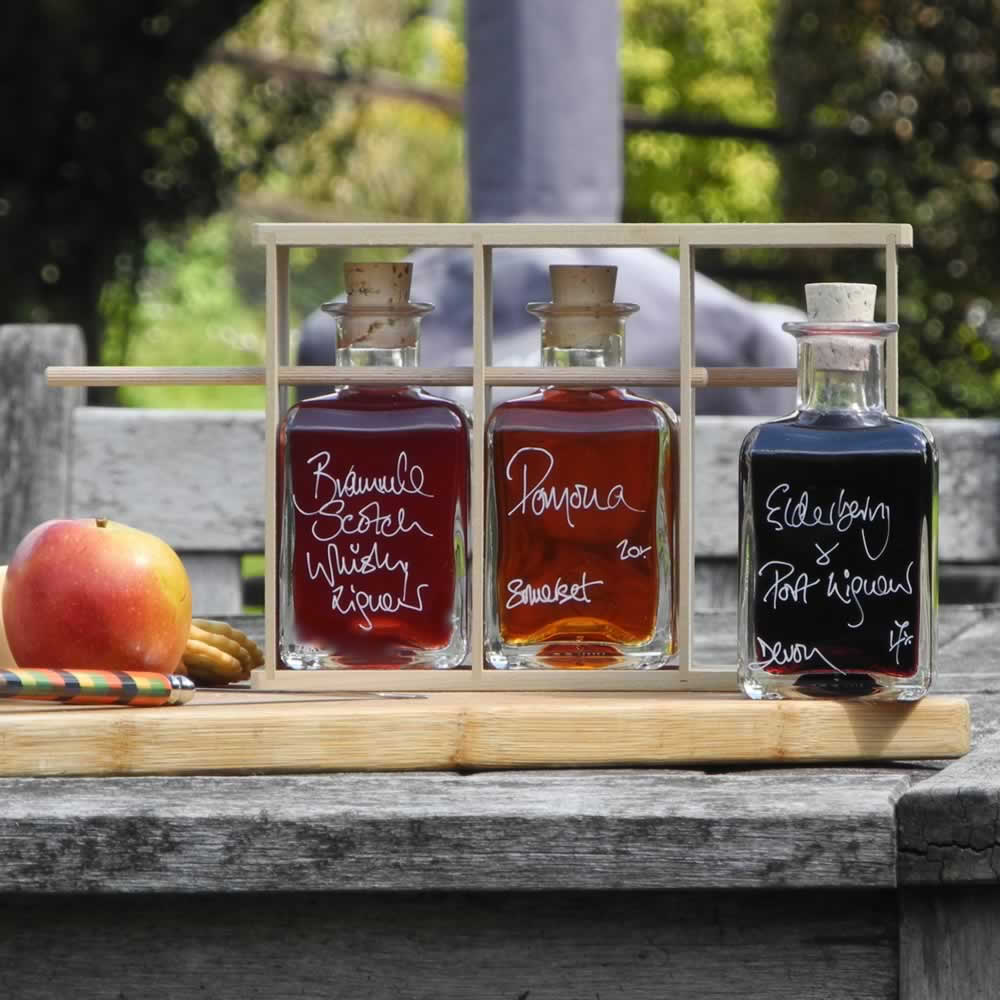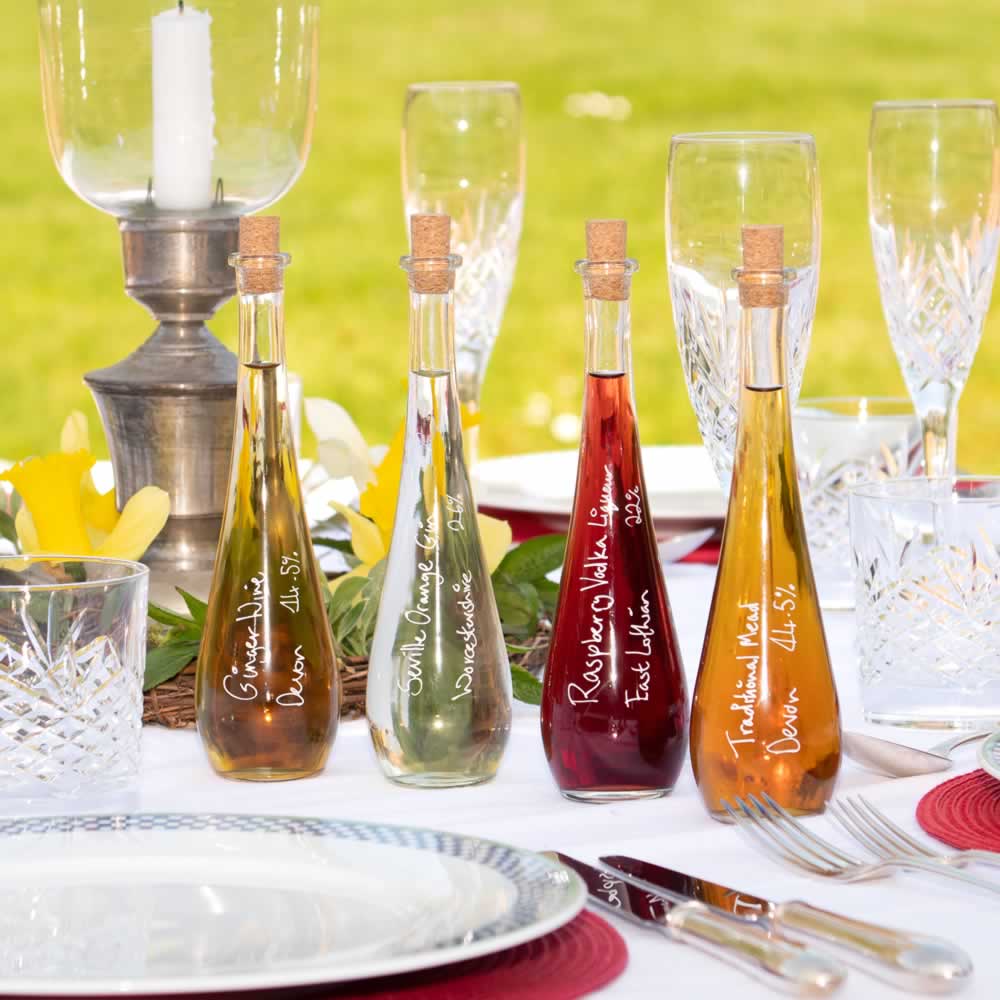Some interesting little facts about Easter
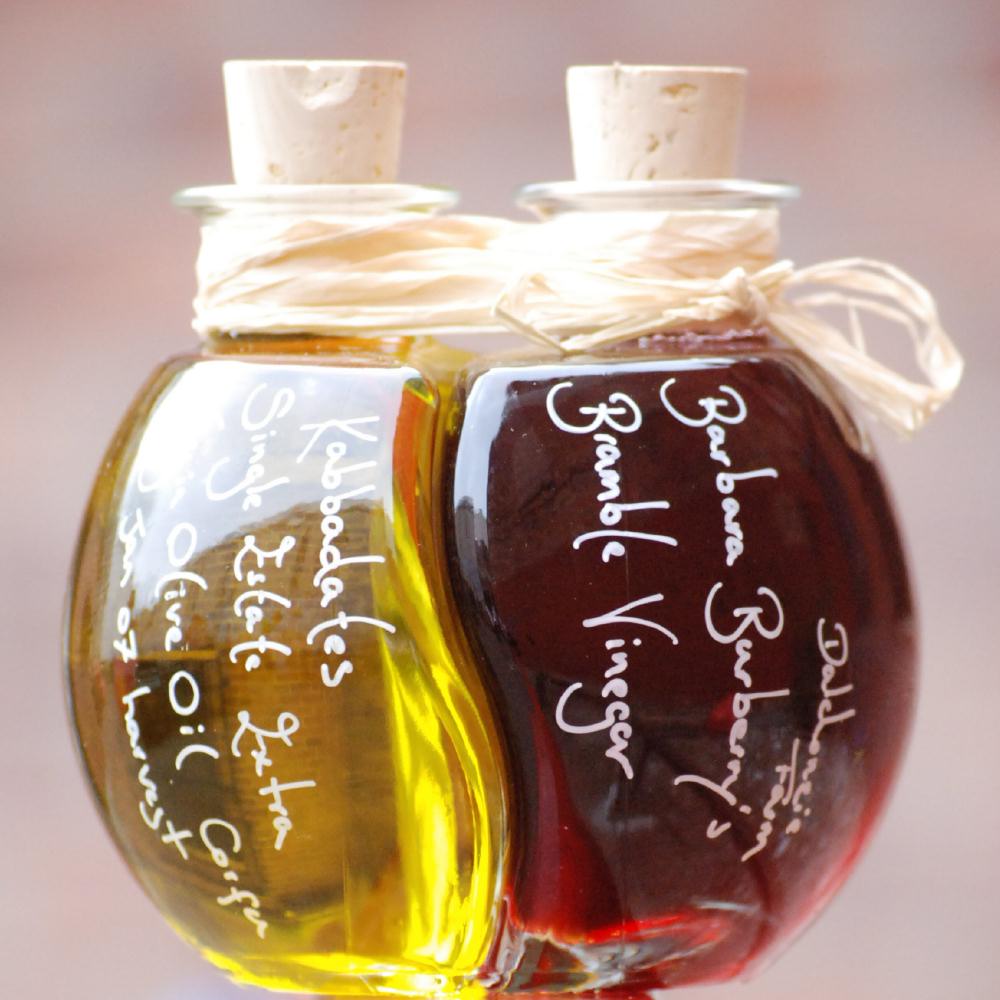
Easter is a festival I love for the eclecticism of its symbols, motifs and origins. There's the Christian resurrection of Christ, the Jewish Passover, and the pagan and panthestic celebration of the Spring.
I can assure you; as I shelter from this morning's violent snow shower; I really, really, appreciate the arrival of Spring and of course some well meant edible Easter gifts. So here are some interesting little facts about Easter and its traditions:
- Easter can occur on any date between March 23rd and April 26th and is closely related to the timing of the Spring Equinox. The actual date is set as the first Sunday after the first full moon that occurs after March 21, one of the first days of spring.
- The earliest known observance, Pasch, occurred between the second and fourth centuries. These celebrations commemorated both Jesus's death and his resurrection at once, whereas these two events have been split up between Good Friday and Easter Sunday today.
- Some argue that the word Easter comes from Eostur, the Norse word for spring, but it is also possible that it comes from Eostre, the name of an Anglo-Saxon goddess. A feast day in her honour was historically observed at the vernal equinox. She was often shown with a rabbit or hare, presumably because of the rabbit's famed fecundity.
- Alternatively an Anglo-Saxon legend tells of Eostre finding a wounded bird and transforming it into a hare, so that it could survive the Winter. The hare found it could lay eggs, so it decorated these each Spring and left them as offerings to the goddess.
-
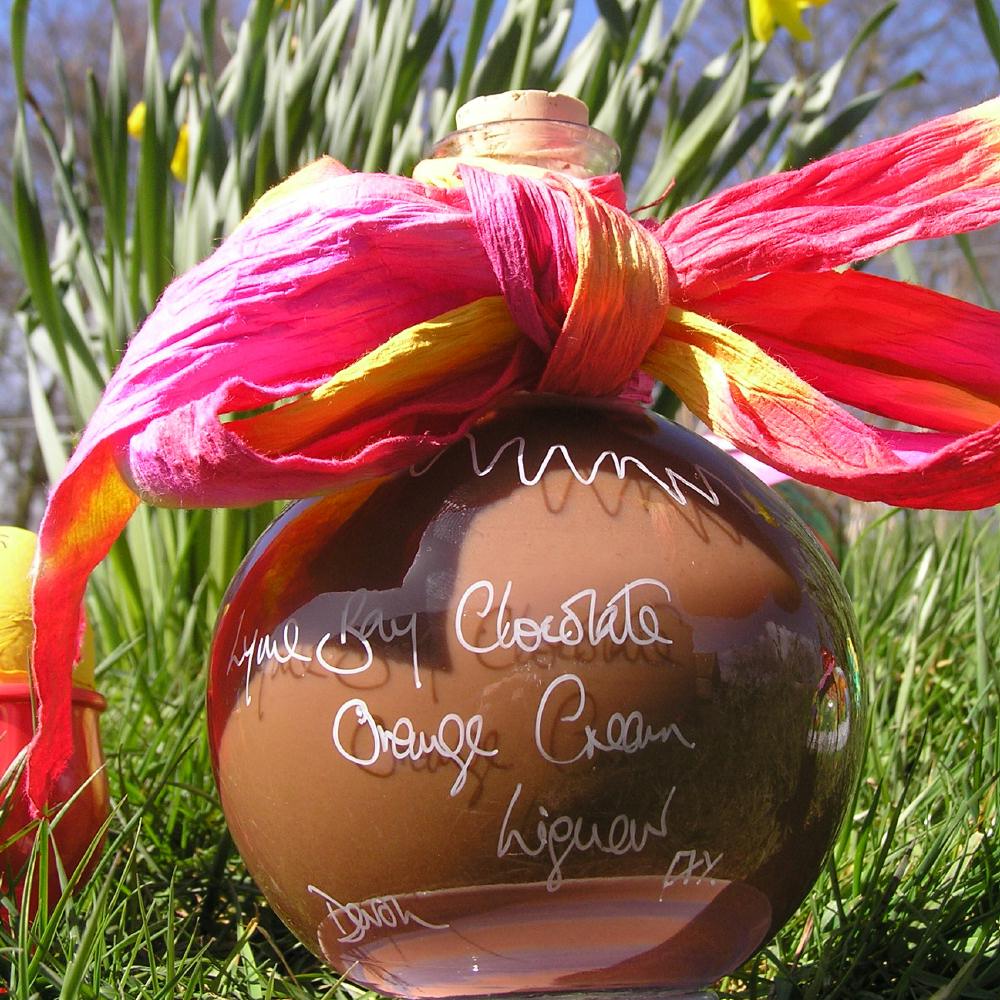 Traditionally there were several foods which had to be given up during Lent, including eggs. But that did not stop eggs being laid so to preserve them, rather than waste them, the eggs would be boiled and saved for Easter weekend when Lent ended. This is why in several countries traditional Easter Sunday dishes feature boiled eggs.
Traditionally there were several foods which had to be given up during Lent, including eggs. But that did not stop eggs being laid so to preserve them, rather than waste them, the eggs would be boiled and saved for Easter weekend when Lent ended. This is why in several countries traditional Easter Sunday dishes feature boiled eggs. - In 1290 King Edward I of England ordered 450 eggs to be gold-leafed and coloured as Easter gifts.
- The origin of the Easter Bunny bringing chocolate eggs started with German Lutherans. They said the ‘Easter Hare’ would decide if children had been well behaved enough to receive the chocolate eggs. The first known reference to the Easter Hare dates back to 1692.
- In the 17th Century, artificial eggs were made, using various materials, as these made excellent presents or gifts. These became popular and the first manufactured eggs started to appear, so it was only a matter of time before chocolate was used to create an Easter Egg. The first chocolate Eggs were solid and a paste was used made from ground roasted Cacao Bean. Germany and France produced these, but were quickly followed by the rest of Europe with the eggs being hollowed out.
- By the turn of the 19th century the discovery of the modern chocolate making process and improved mass manufacturing methods meant that the hollow moulded egg was the most popular gift for Easter, but it wasn't until the 1960s that this was established world wide.
- In 1883, the Russian Czar, Alexander, commissioned Fabergé to make a special Easter gift for his wife, the Empress Marie. This egg was actually not a real egg, as the outside shell was made of platinum and enamelled white, which opened to reveal a smaller gold egg. This in turn, opened to display a golden chicken and a jewelled replica of the Imperial crown. The Czarina was so delighted with this egg that further eggs were commissioned every Easter. In later years Nicholas II, Alexander's son, continued the custom and fifty seven eggs were made in all by Fabergé.
- A pregnant Roman woman carried an egg on their person to foretell the sex of their unborn children, while French brides stepped upon an egg before crossing the threshold of their new homes. Old Polish legends firmly attached the egg to the Easter celebrations and one folklore tells of the Virgin Mary giving eggs to the soldiers guarding the cross which held Jesus.
- The Easter Bonnet possibly arose from a Roman tradition of young women celebrating the arrival of spring by wearing wreaths of laurel and olive leaves, intertwined with flowers. In New York City, after Easter services in many of the large cathedrals, spontaneous celebrations ensued, with people walking down the streets in their Easter finery. With each passing year, the celebrations became a tradition known as "the Easter Parade". This drew increasing numbers of people, eventually numbering in the hundreds of thousands. Vying for attention, ladies displayed their elaborate spring millinery, which became a hallmark of the parade.
- The Easter basket shows roots in a Catholic custom. Baskets filled with breads, cheeses, hams, and other foods for Easter dinner were taken to mass Easter morning to be blessed. This evolved in time to baskets filled with chocolate eggs, jellybeans, toys, and stuffed bunnies for children left behind by the Easter Bunny.
Let's hope the sun comes out and Spring starts soon!
Frances

